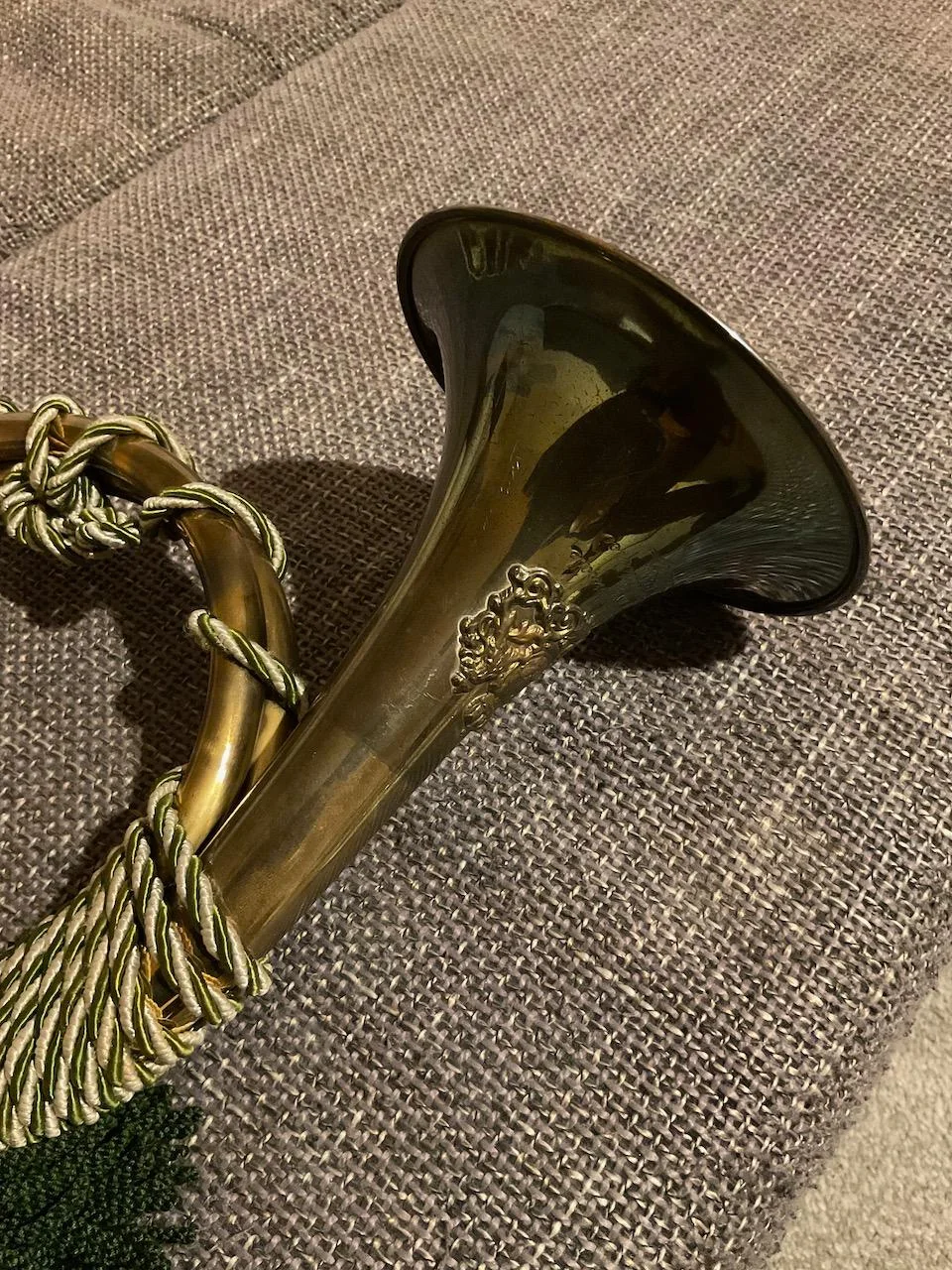Stamp: Odessa Issue of 1919 - Surcharge (Turkey - Russian Post Offices 1919)
Odessa Issue of 1919 - Surcharge (Turkey - Russian Post Offices 1919)
01 January (Turkey - Russian Post Offices ) within release Levant goes into circulation Stamp Odessa Issue of 1919 - Surcharge face value 20 Turkish para
| Stamp Odessa Issue of 1919 - Surcharge in catalogues | |
|---|---|
| Unificato: | Un: RU-LV 193 |
Stamp is square format.
Black surcharge - 20 Para on 5 Kop. Produced by the private company Russian Company of Navigation and Trade (Р.О.П.иТ.) in Odessa in 1919 using leftover stock of Russian Post Office in Turkey stamps. Had no postal validity as the full postal service was never re-established in the former Ottoman Empire.Also in the issue Levant:
- Stamp - Odessa Issue of 1919 face value 7;
- Stamp - Odessa Issue of 1919 face value 10;
- Stamp - Odessa Issue of 1919 face value 15;
- Stamp - Odessa Issue of 1919 face value 20;
- Stamp - Odessa Issue of 1919 face value 25;
- Stamp - Odessa Issue of 1919 face value 30;
- Stamp - Odessa Issue of 1919 - Surcharge face value 10;
- Stamp - Odessa Issue of 1919 - Surcharge face value 20;
- Stamp - Odessa Issue of 1919 - Surcharge face value 2;
- Stamp - Odessa Issue of 1919 - Surcharge face value 5;
- Stamp - Odessa Issue of 1919 - Surcharge face value 7;
- Stamp - Odessa Issue of 1919 - Surcharge face value ½;
- Stamp - Odessa Issue of 1919 - Surcharge face value ½;
- Stamp - Odessa Issue of 1919 - Surcharge face value 4;
- Stamp - Odessa Issue of 1919 - Surcharge face value 1;
- Stamp - Odessa Issue of 1919 - Surcharge face value 1;
- Stamp - Odessa Issue of 1919 - Surcharge face value 1;
- Stamp - Odessa Issue of 1919 - Surcharge face value 1½;
- Stamp - Odessa Issue of 1919 - Surcharge face value 1½;
- Stamp - Odessa Issue of 1919 - Surcharge face value 2;
- Stamp - Odessa Issue of 1919 - Surcharge face value 2;
- Stamp - Odessa Issue of 1919 - Surcharge face value 2;
- Stamp - Odessa Issue of 1919 - Surcharge face value 2;
- Stamp - Odessa Issue of 1919 - Surcharge face value 2;
- Stamp - Odessa Issue of 1919 - Surcharge face value 2½;
- Stamp - Odessa Issue of 1919 - Surcharge face value 5;
- Stamp - Odessa Issue of 1919 - Surcharge face value 5;
- Stamp - Odessa Issue of 1919 - Surcharge face value 2½;
- Stamp - Odessa Issue of 1919 - Surcharge face value 3;
- Stamp - Odessa Issue of 1919 - Surcharge face value 5;
- Stamp - Odessa Issue of 1919 - Surcharge face value 2½;
- Stamp - Odessa Issue of 1919 - Surcharge face value 3;
- Stamp - Odessa Issue of 1919 - Surcharge face value 2½;
- Stamp - Odessa Issue of 1919 - Surcharge face value 3;
- Stamp - Odessa Issue of 1919 - Surcharge face value 5;
- Stamp - Odessa Issue of 1919 - Surcharge face value 20;
- Stamp - Odessa Issue of 1919 - Surcharge face value 2½;
- Stamp - Odessa Issue of 1919 - Surcharge face value 3;
- Stamp - Odessa Issue of 1919 - Surcharge face value 30;
- Stamp - Odessa Issue of 1919 - Surcharge face value 50;
- Stamp - Odessa Issue of 1919 - Surcharge face value 100;
Stamp Odessa Issue of 1919 - Surcharge it reflects the thematic directions:
A coat of arms is an heraldic visual design on an escutcheon (i.e. shield), surcoat, or tabard. The coat of arms on an escutcheon forms the central element of the full heraldic achievement which in its whole consists of shield, supporters, crest, and motto. A coat of arms is traditionally unique to an individual person, family (except in the United Kingdom), state, organisation or corporation.
In British heraldry, a coronet is any crown whose bearer is less than sovereign or royal in rank, irrespective of the crown's appearance. In other languages, this distinction is not made, and usually the same word for crown is used irrespective of rank (German: Krone, Dutch: Kroon, Swedish: Krona, French: Couronne, etc.) In this use, the English coronet is a purely technical term for all heraldic images of crowns not used by a sovereign, and implies nothing about the actual shape of the crown depicted. A Coronet is another type of crown, but is reserved for the lower ranks of nobility like Marquesses and Marchionesses, Earls and Countesses, Barons and Baronesses, and some Lords and Ladies. The specific design and attributes of the crown or coronet signifies the hierarchy and ranking of its owner.
The post horn is a valveless cylindrical brass instrument with a cupped mouthpiece. The instrument was used to signal the arrival or departure of a post rider or mail coach. It was used by postilions of the 18th and 19th centuries.


